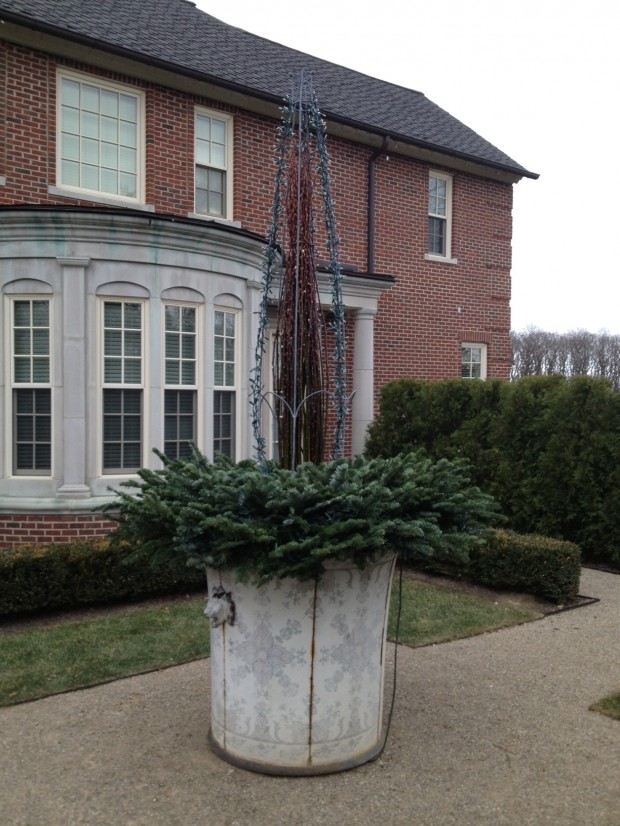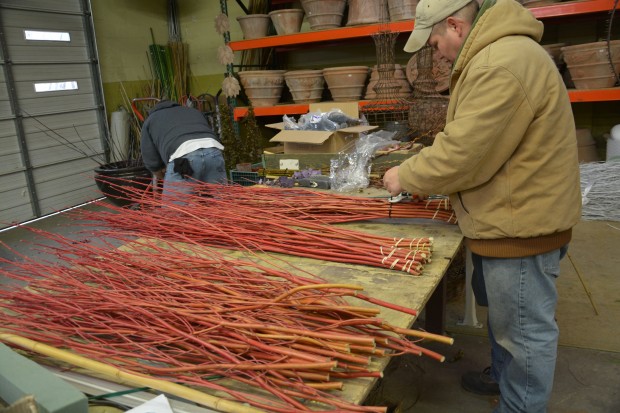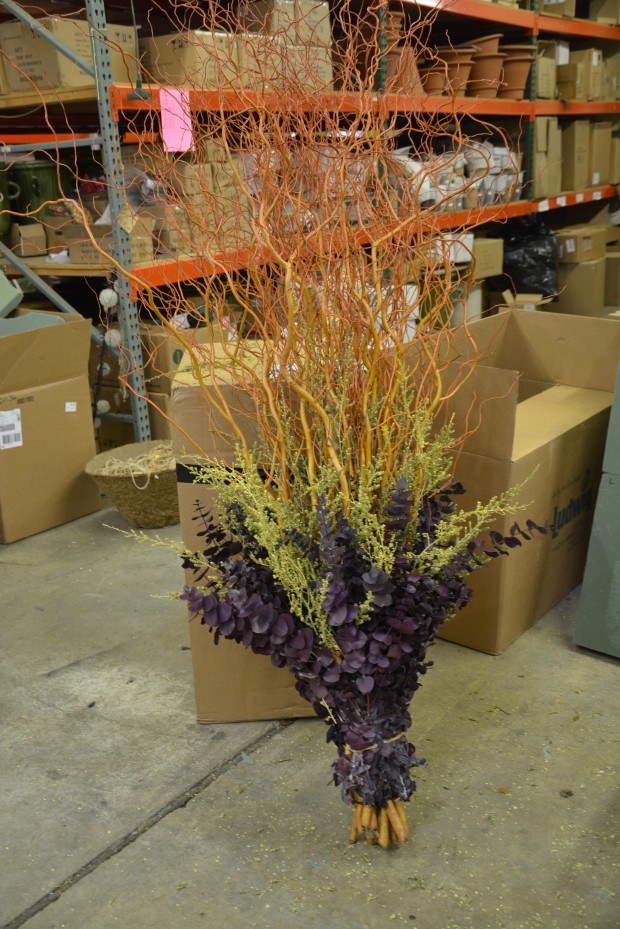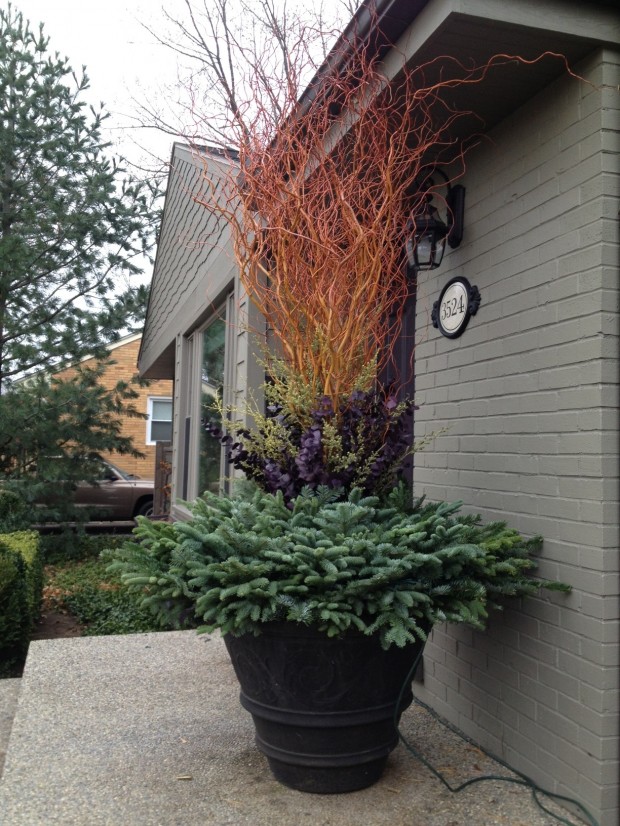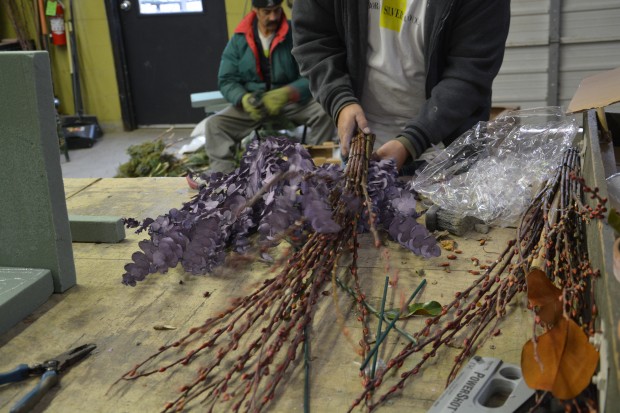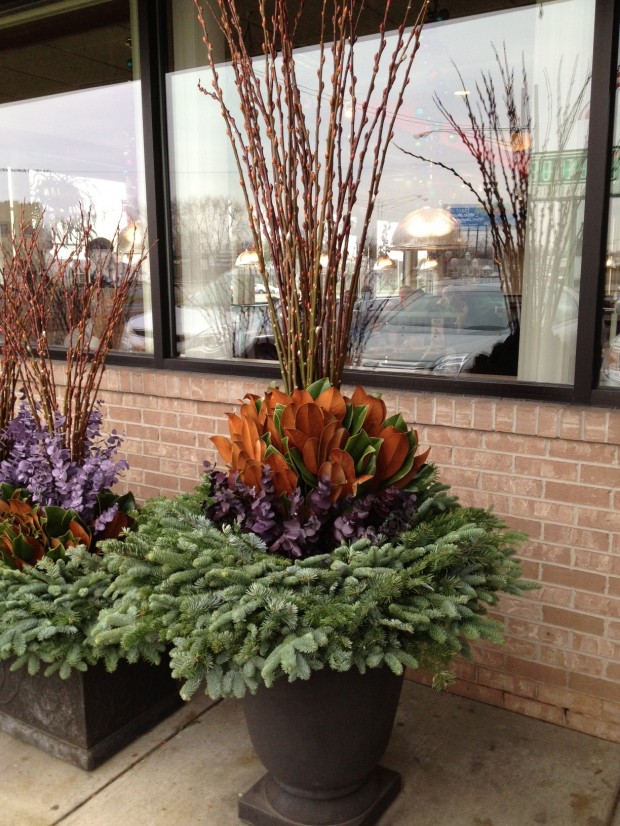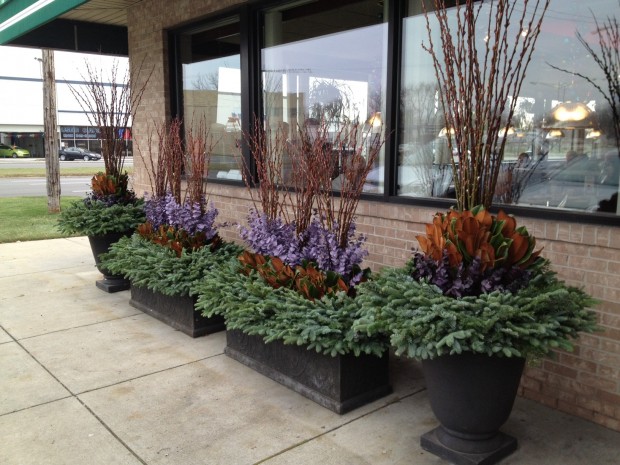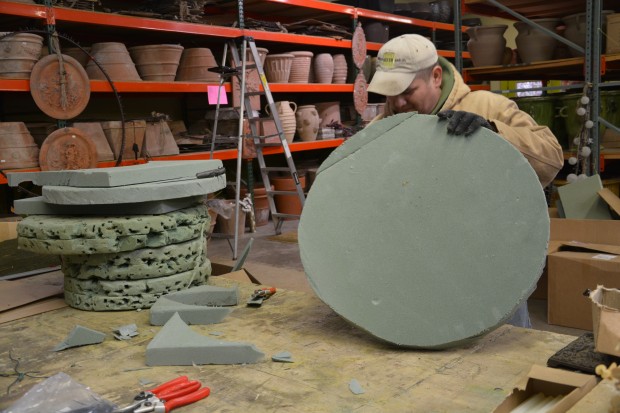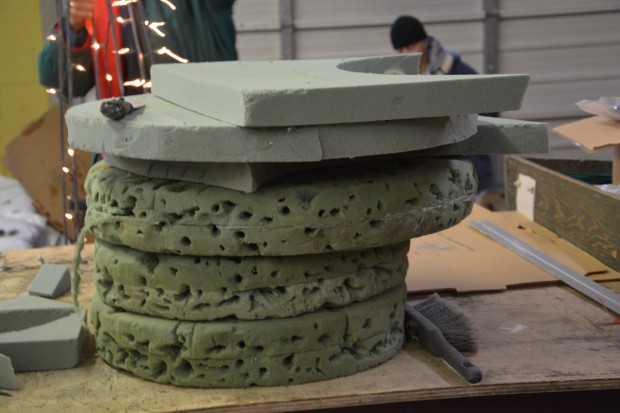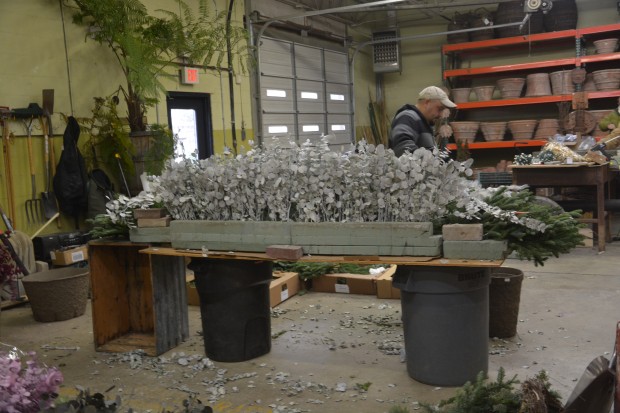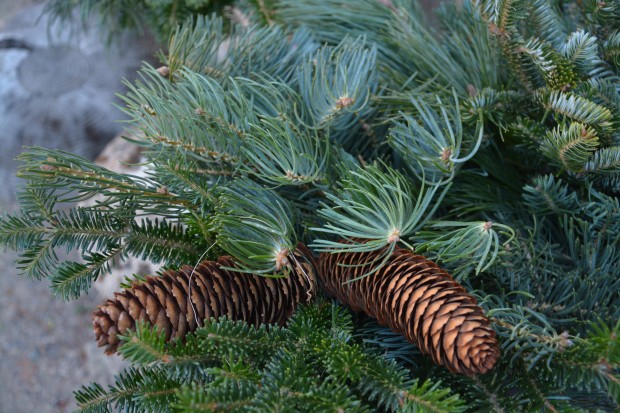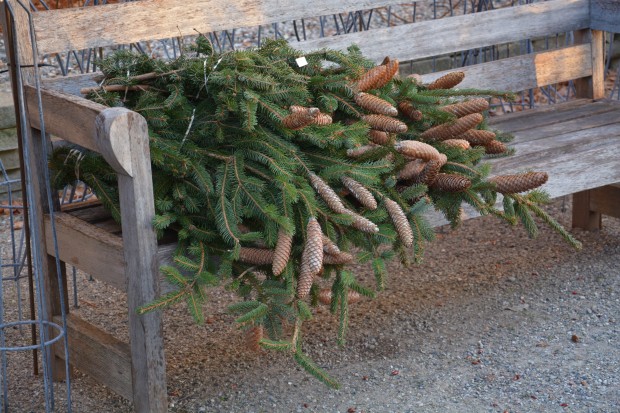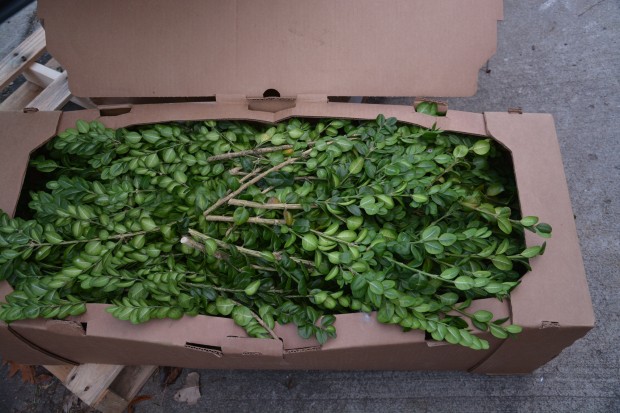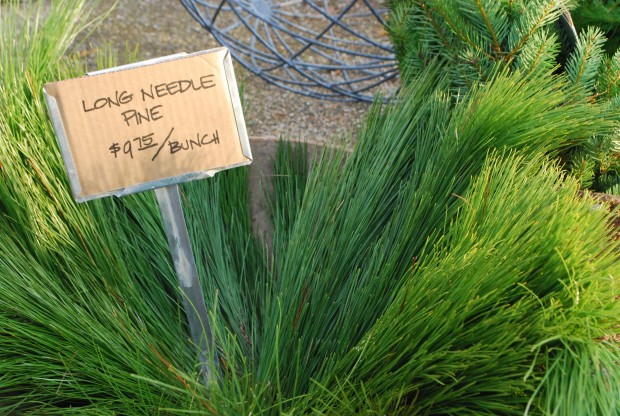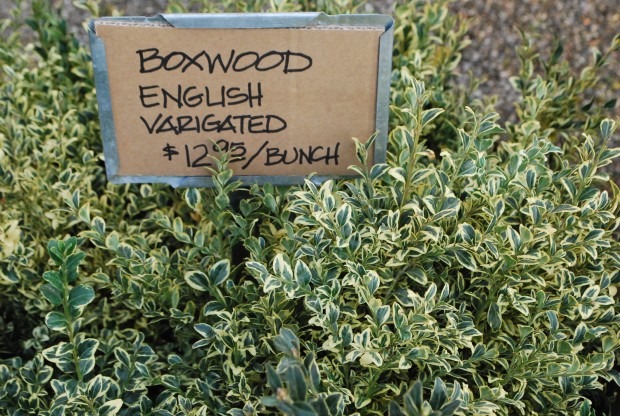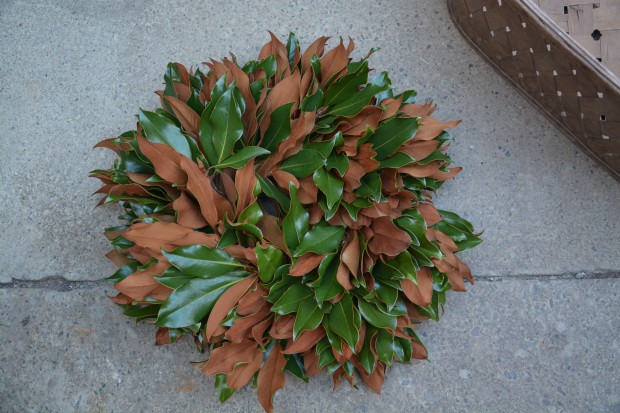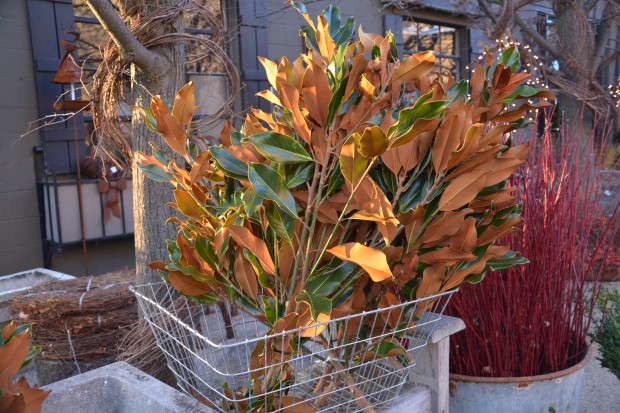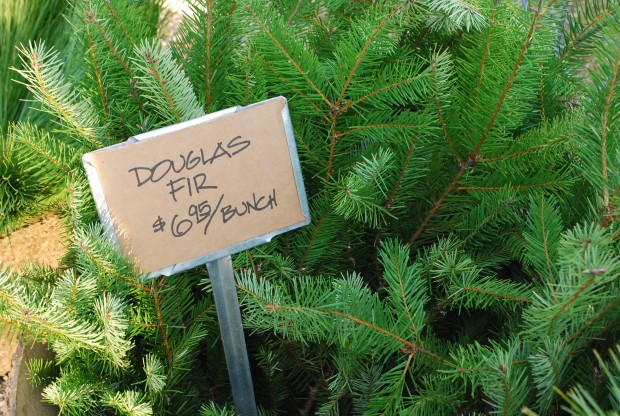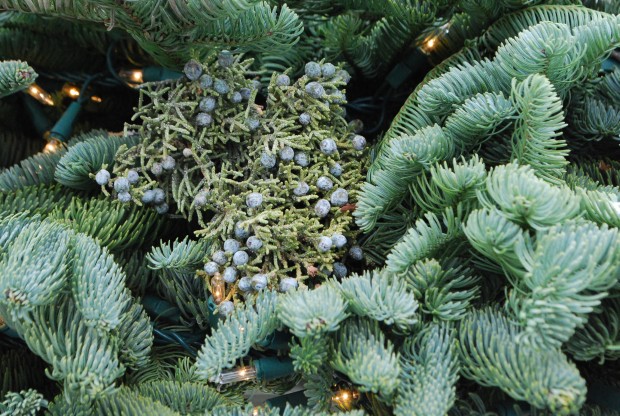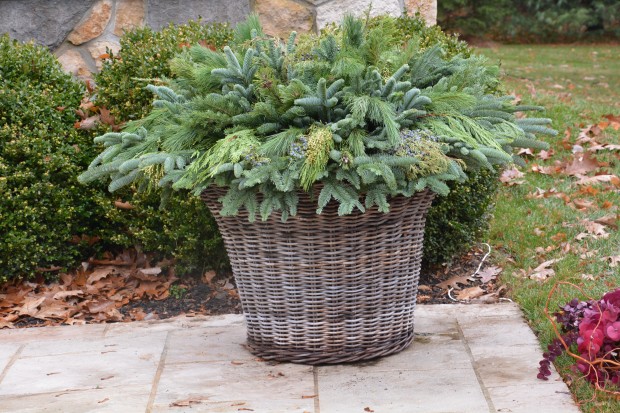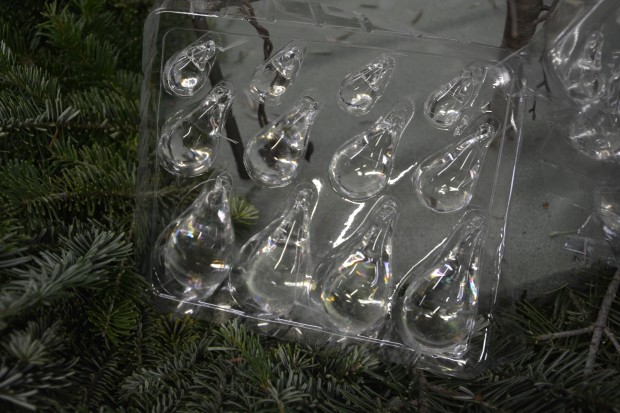 Part 3 of my tutorial about the construction of winter containers has to do with bringing the special details to life. Evergreens stuck into a foam form the base of the winter container. A structure upon which to build. A centerpiece, no matter whether it is tied up tight and of a piece, or stuck individually, provides an element upon which to focus. Up next-the details.
Part 3 of my tutorial about the construction of winter containers has to do with bringing the special details to life. Evergreens stuck into a foam form the base of the winter container. A structure upon which to build. A centerpiece, no matter whether it is tied up tight and of a piece, or stuck individually, provides an element upon which to focus. Up next-the details.
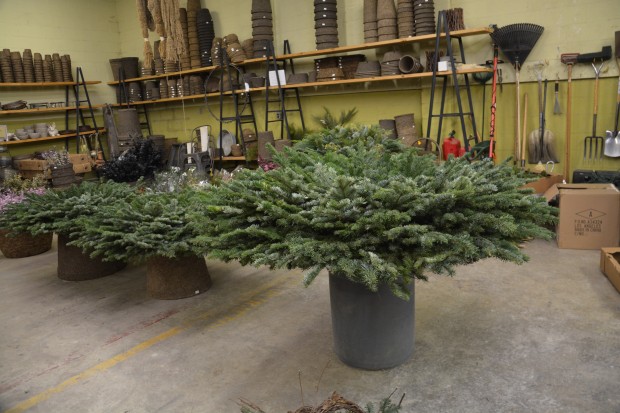 A blank canvas can be lush in and of itself, but it asks for those details that make for an individual design. The third element of any winter pot-those thoughtfully constructed and expressed finishing details. Pistou is a vegetable soup of French origin, , made with vegetables, various beans, and small macaroni. This is an overview- their are many individual recipes. Upon serving, the soup is topped with a large dollop of basil pesto which is showered with grated parmesan cheese. The addition of the pesto and its parmesan is an individually imagined finish. Pistou has no end of recipes, should you look it up on line. Individual chefs individually imagine and cook the soup, and finish it to their taste. The finish of your winter containers should reflect your own particular point of view.
A blank canvas can be lush in and of itself, but it asks for those details that make for an individual design. The third element of any winter pot-those thoughtfully constructed and expressed finishing details. Pistou is a vegetable soup of French origin, , made with vegetables, various beans, and small macaroni. This is an overview- their are many individual recipes. Upon serving, the soup is topped with a large dollop of basil pesto which is showered with grated parmesan cheese. The addition of the pesto and its parmesan is an individually imagined finish. Pistou has no end of recipes, should you look it up on line. Individual chefs individually imagine and cook the soup, and finish it to their taste. The finish of your winter containers should reflect your own particular point of view.
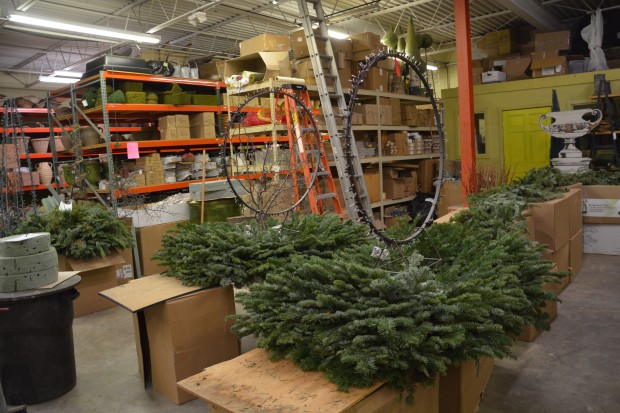 A winter container has several elements, each of which are interpreted by the gardener in charge. The finish is about the fine tuning. The little bits that take construction to another level. Those little bits can be imagined, and sorted out in the shelter provided by the garage. These winter pots included light rings on stands of Rob’s invention, stout cut twigs, garland lights, big C-9 light strands, and glass drops.
A winter container has several elements, each of which are interpreted by the gardener in charge. The finish is about the fine tuning. The little bits that take construction to another level. Those little bits can be imagined, and sorted out in the shelter provided by the garage. These winter pots included light rings on stands of Rob’s invention, stout cut twigs, garland lights, big C-9 light strands, and glass drops.
 Summer topiary forms which provides a climbing venue for mandevillea vines in the summer are strung with garland light vines for the winter.
Summer topiary forms which provides a climbing venue for mandevillea vines in the summer are strung with garland light vines for the winter.
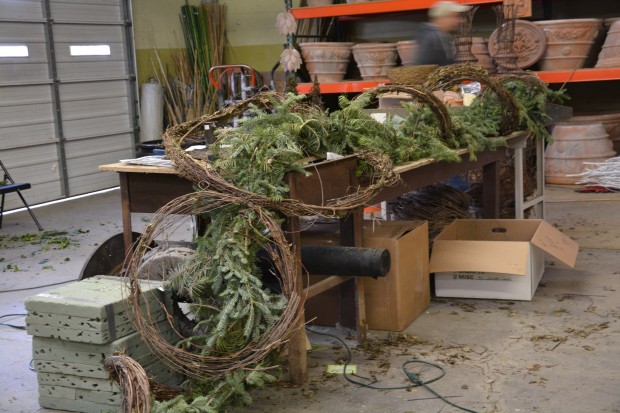 A thick evergreen garland is wrapped with grapevine. Loose and loopy. The materials are as subtle as they are simple.
A thick evergreen garland is wrapped with grapevine. Loose and loopy. The materials are as subtle as they are simple.
 This container features one of Rob’s light rings constructed on a stand. The branches we cut from a tree at our Branch property. The glass drops will pick up the light from a string of 50 clear C-9 lights. Part of the story board of these winter container involve light. No, you cannot see the wires or the bulbs. The big idea detailed on this story board-the twigs, the glass, and the light. A story board is a group of images representing an idea. Any creative expression should tell a story-from start to finish.
This container features one of Rob’s light rings constructed on a stand. The branches we cut from a tree at our Branch property. The glass drops will pick up the light from a string of 50 clear C-9 lights. Part of the story board of these winter container involve light. No, you cannot see the wires or the bulbs. The big idea detailed on this story board-the twigs, the glass, and the light. A story board is a group of images representing an idea. Any creative expression should tell a story-from start to finish.
winter garland

